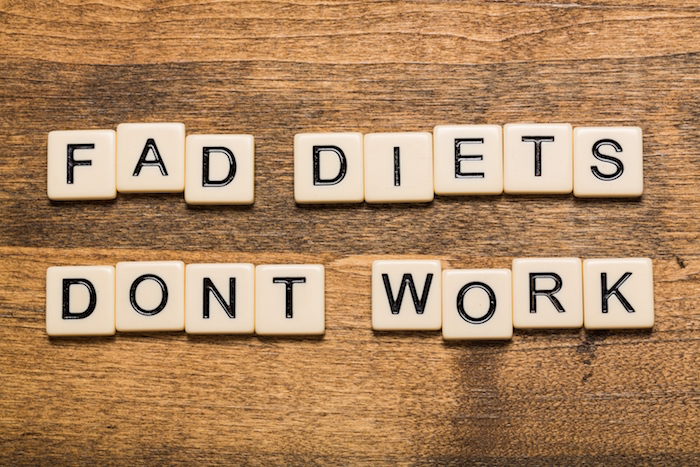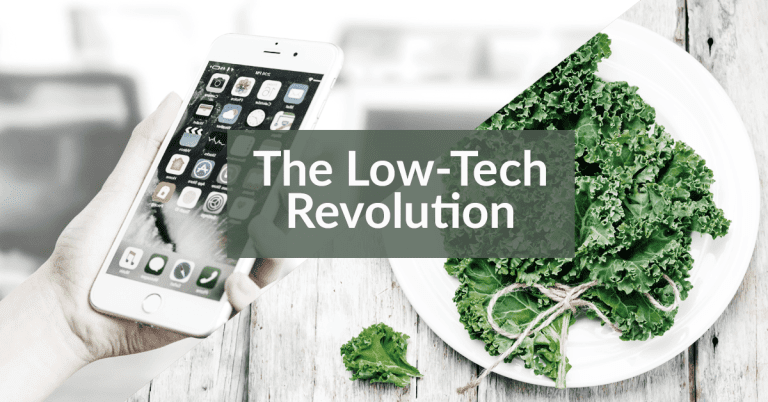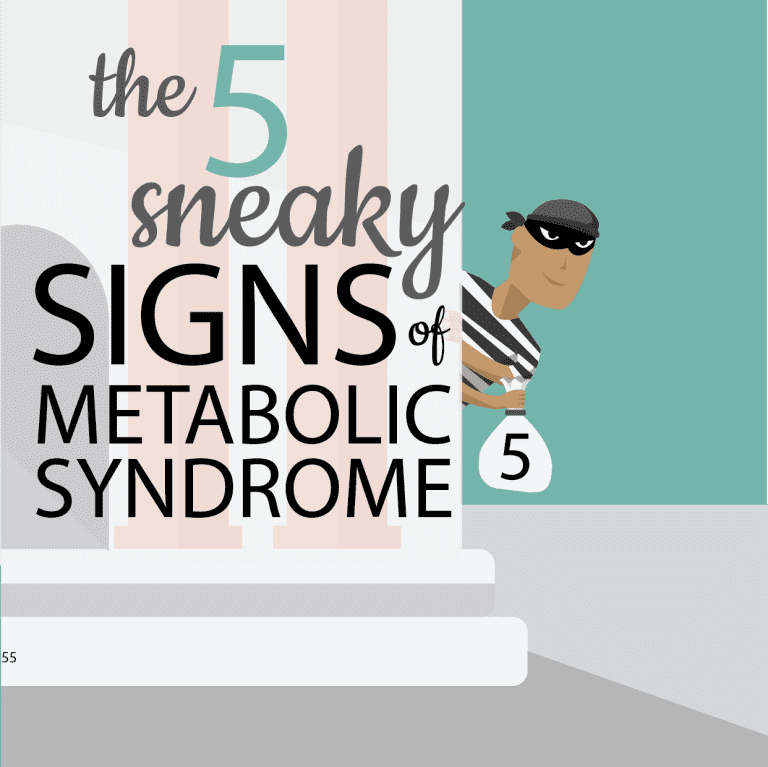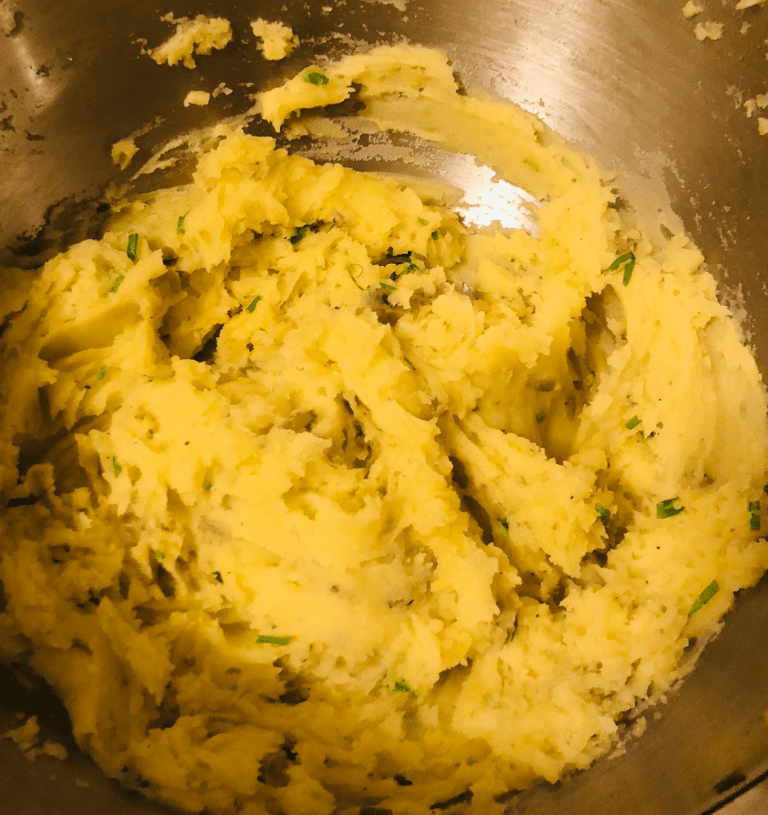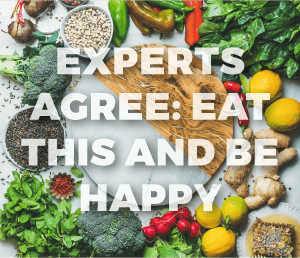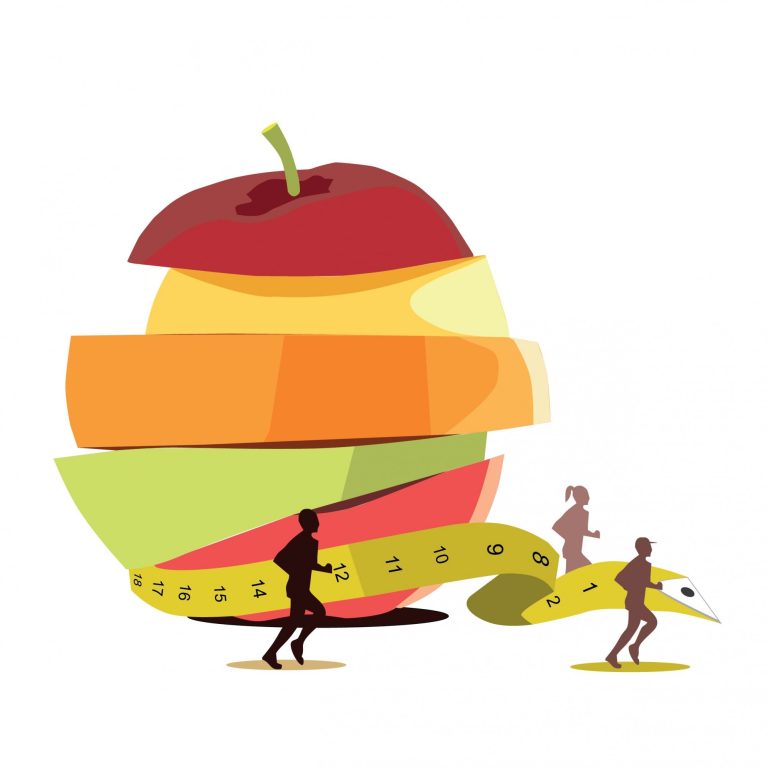3 Steps to Finding Your Ideal Diet
By Nicole Martin
June 13, 2016
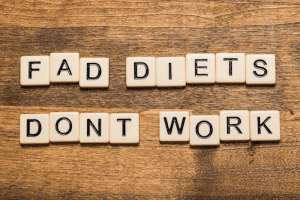
“The diet industry is making a lot of money selling us fad diets, nonfat foods full of chemicals, gym memberships, and pills while we lose a piece of our self-esteem every time we fail another diet or neglect to use the gym membership we could barely afford.”
― Portia de Rossi
I’ve talked about this before but, given what I came across above, it bears repeating.
Our culture has hijacked the definition of the word “diet.” It used to mean “what we eat over the course of our life.” But these days, when someone talks about “diet,” they are most likely talking about restricting what they eat, or only eating certain foods. In general, they eat this way for just a short amount of time. And the reasons for this self-deprevation range anywhere from a burning desire to buy smaller pants, to getting their livers looking all shiny and new again.
What we don’t seem to get in our culture, though, is that the second definition of “diet” is really the wrong approach to take. Anyone who’s lived on this planet for more than a few minutes knows that what appear to be quick fixes for any problem rarely—if ever—end up being a real solution.
Faddy diets are no different.
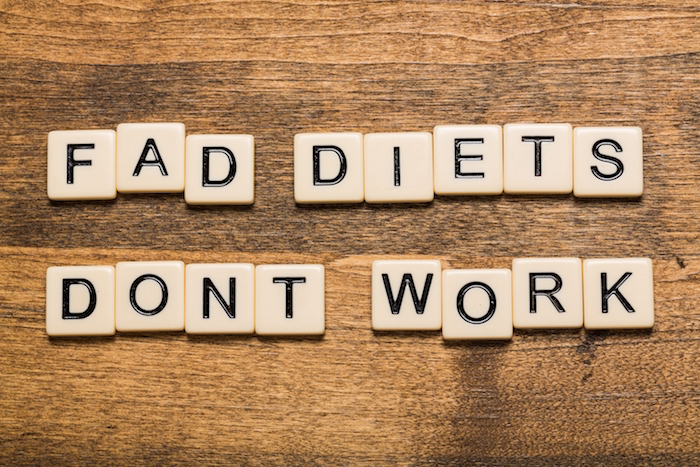
So, as a health coach, I’ve used a variety of techniques with my clients to help them find a diet—in the first sense of the word—that works best for them, not only for today but also for the rest of their lives.
Here are a few of those techniques:
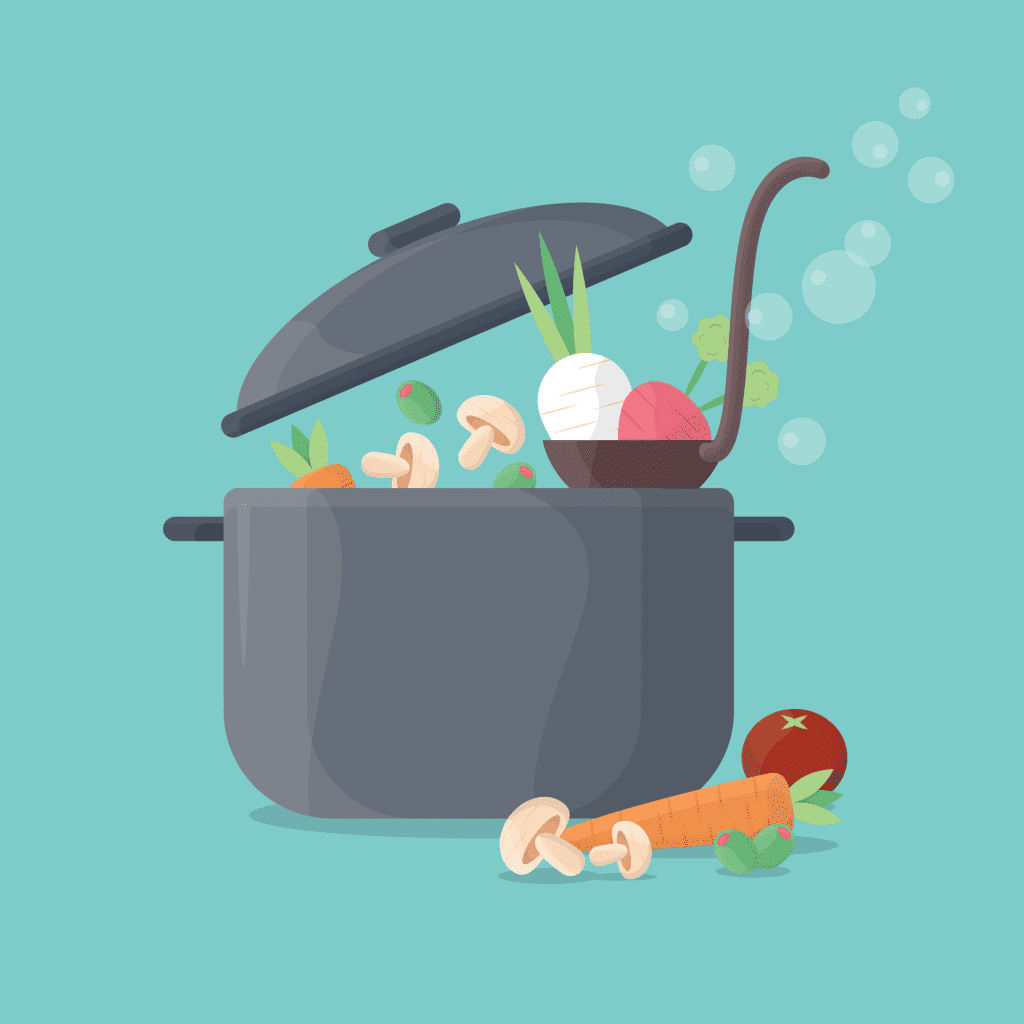
1. Crowding
The first technique is called crowding.
Pizza lovers love this technique.
Why?
Because this first step in finding your ideal diet doesn’t mess with your current habits, good or bad.
You like to eat pizza. Awesome. You just keep doing you… all I’m going to ask from you at this stage is that you ALSO eat two servings of veggies.
“Wait, what?” you exclaim, shaking your greasy, sauce-stained fist at me. “That sounds like a trick!”
It’s not. Instead, it’s the best first step you can take to find that healthy diet that will work wonders on your body.

Here’s a question: What’s the scariest thing in the world?
I would argue that it’s change. People hate the unknown, and all change is is the unknown wrapped up in a Snuggie made of inevitability. By which I mean: Change is just the unknown being forced upon you against your will.
So it’s been proven again and again that the best way to change is to do it slowly.
Step by baby step.
If I came in and ripped that giant Meat Lover’s pizza out of your hands and hid it in the dumpster around the corner from your house, two things are going to happen. You are going to be mad at me, and also, you are probably just going to order another pizza.
But if I let you eat the pizza on the condition that you first have to eat a roughly equal amount of vegetables along with it, hopefully you are going to partially fill up on the good stuff and not have as much room for so much bad stuff.
So, yeah. You were right. It is kind of a dirty trick.
But here’s the thing: It works.
Because, as soon as you see what eating less junk and eating more natural, healthy foods does to your weight, your mood, your health, and your general sense of well-being, you’ll be far more likely to begin shifting your daily routines toward living better.
Again, we’re talking about long term eating habits here. This is a marathon. This is also the process of shaping you into the type of person that not only gets to live longer, but also wants to.
(Note: If you aren’t into the whole “counting servings” thing, I explain a different way to think about this technique here.
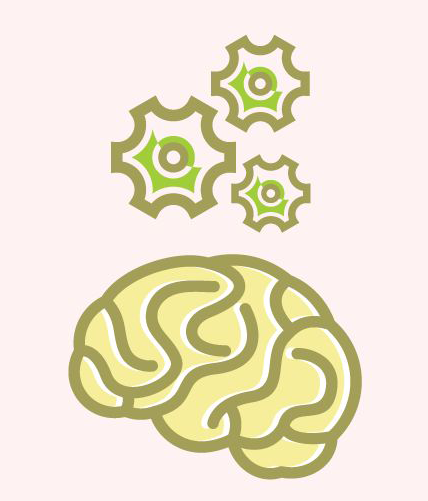
2. Elimination
Here’s the part where I put your pizza in the dumpster.
Or… maybe not!
The funny thing about people is that they are all exactly the same in one fundamental way: They are all different.
And that applies to diet as well. Some people can eat whatever they want, never gain a pound, and live to 110. While others just look askance at a cupcake ad and instantly gain weight. Everyone’s body is different, which means that what works for Sally next door may not work for you.
That means that we have to figure out what foods your body needs in order to run at optimal capacity. Given all the different types of things you most likely eat on a daily basis, however, it also means that we have to approach the problem with a lab coat and clipboard.
So, what we do is this: We take out one type of food at a time, let the body adjust, and then see what happens. If there’s improvement, we trying taking out something else, all the while keeping the healthy stuff involved in the mix.
This can be a long process, and you might not feel great at the beginning, but over the course of weeks and months, the body begins healing itself, and we can identify which foods are causing the problems.
We don’t take all the problem foods out all at once for the simple reason that your body probably couldn’t handle it. As a culture we are chemically addicted to both wheat and cheese, so doing the old pizza-in-the-trashbin trick with everything would put your body into shock.
So we go slow. And we go smart. Like the good little scientists that we are.
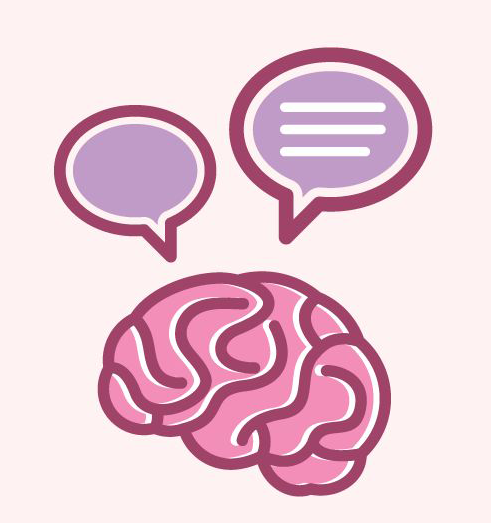
Reintroduction
After we’ve got your body reset and running again (usually a few months out from when we started), we can start reintroducing foods back into your diet.
For the same reason that we took them out one by one, we repeat the process in reverse for this stage. Add a food. Wait and watch and test. Add another. Wash, rinse, repeat.
This technique also gives us the ability to really see what’s going on inside your body. It’s also a great lesson in how you can learn to listen to your own body and figure out what signals it’s sending you. Your body knows what it needs. That’s the way it was designed. And so, when you become attuned to it, that’s when the old habits really start falling away to make room for new, healthier ones.
Which is great news for your future.
Wellness is just another way of describing a life lived according to a set of healthy habits.
These three techniques for finding your ideal diet are designed to do just that. And the best way to build those habits into your life is to start slowly, and also, to start now.

